Meet the Umami Bomb of Dessert: Malted Milk Powder
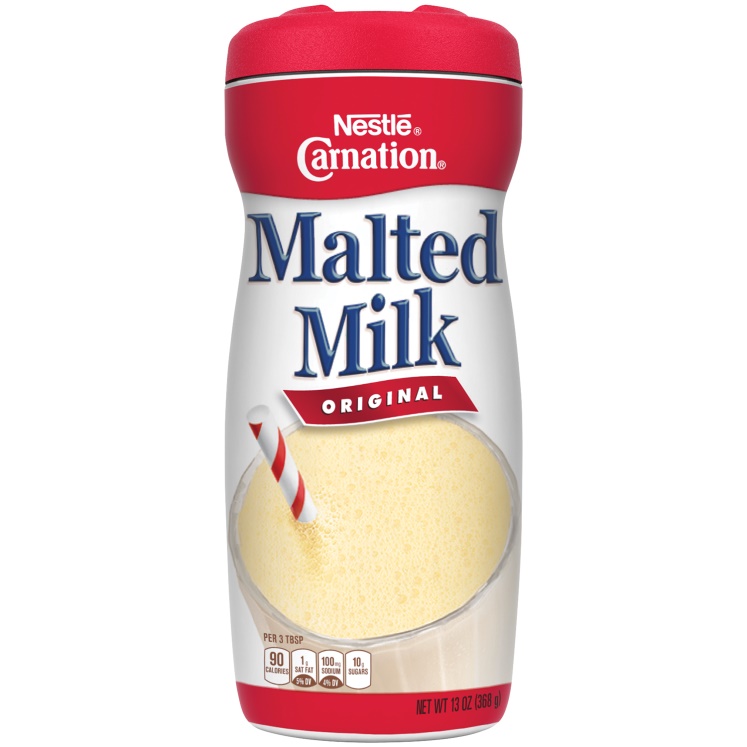
Malted milk powder. What exactly is it? It’s a simple combination of wheat flour and malted barley extracts, along with milk, salt, and sodium bicarbonate to adjust its pH. There are several brands (Carnation is one of the most common) and each brand has a proprietary formula, giving each its own flavor, but they're all similar enough to be used interchangeably.
According to the folks at Serious Eats (www.seriouseats.com), the blend of concentrated grain extracts gives malted milk powder a roasted, toasty, earthy flavor, while the powdered milk adds a bit of creamy richness. In the oven, the extra lactose helps baked goods brown, while also lending a cooked-milk flavor along the lines of butterscotch or toffee.
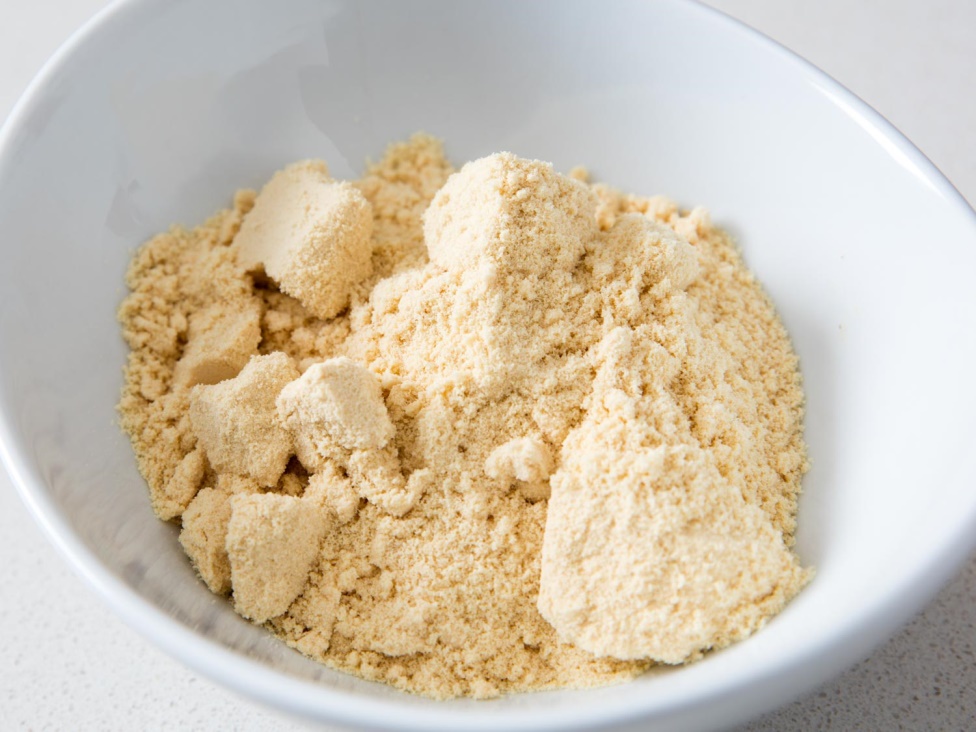
Finally, the salt and sodium bicarbonate in the mix add a savory edge to the whole shebang, tempering the sweetness of any recipe and giving it a bit more depth of flavor. (Think about the difference between breadsticks and a soft pretzel.) The combination of these unique properties makes malted milk powder something of an umami bomb for dessert.
Before I proceed, remember what “umami” is? It’s a (funny-sounding) word describing an indescribable deliciousness; savory, rich, yum. It’s considered the fifth taste (the first four are sweet, sour, salty, and bitter). Technically, umami refers to glutamate — a type of amino acid, which occurs naturally in many foods such as meat, fish, vegetables and various dairy products. When glutamate breaks down — when it dies or ferments, which happens when you cook a piece of meat, or when cheese ages, or when a tomato ripens under the sun — it becomes L-glutamate, and that’s when things start to taste really good.
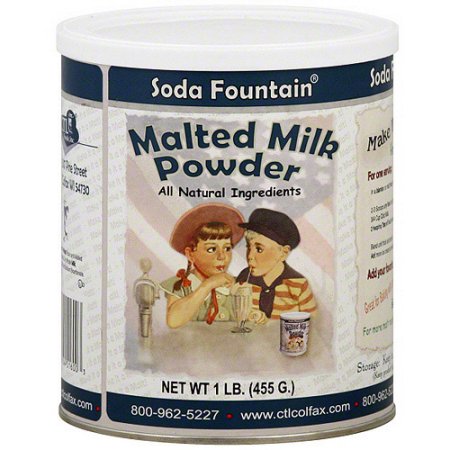
OK, science lesson over, let’s get back to malted milk. As mentioned, its presence in desserts adds a flavor sparkle that’s amazing. Serious Eats food author, Stella Parks, says “Because it's low in sugar and not very starchy, it's easy to add malted milk powder to your favorite recipes without derailing the underlying ratio of ingredients, but you should be careful not to confuse it with two other similarly named products: diastatic and non-diastatic malt powders. Unlike diastatic malt powder, malted milk powder isn't enzymatically active, so it won't affect the behavior of yeasted doughs. In that way, malted milk powder is like non-diastatic malt powder, an inactive form of barley malt extract that is fairly high in sugar.”
I’m not sure what that all meant, but what’s important to know is that malted milk powder is comparatively low in sugar (thanks to the inclusion of wheat extracts and powdered milk, which serve to give it a more complex flavor overall).
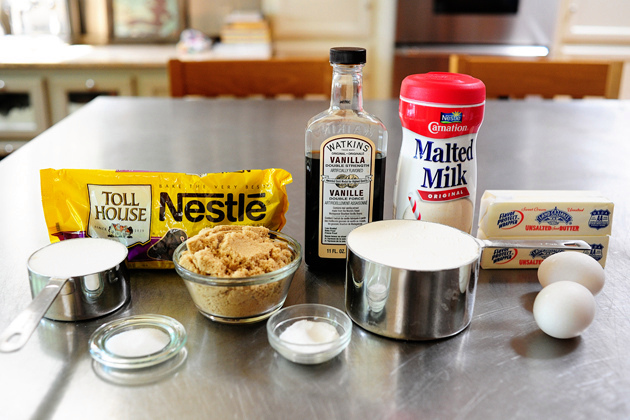
It’s that overall complex flavor that’s exciting. Add this to your favorite cookie doughs, cake batters, ice creams, muffin and pancake batters, and custards (bearing in mind that its milky notes will intensify with heat), and you’ve taken the finished product from OK to WOWEE!
It can even be added to bread dough to improve browning and flavor in recipes with a short fermentation period. The only real precaution you should take is to remember that it does contain added sodium, so you may need to cut back on the salt.
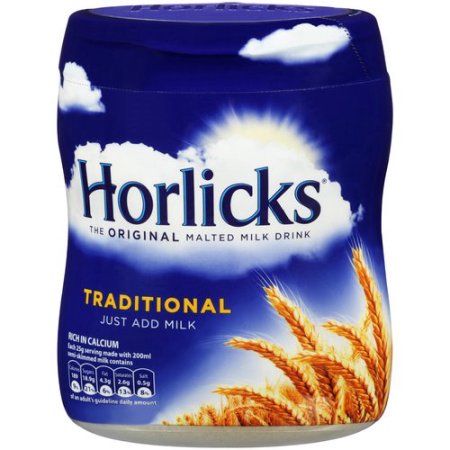
To close, I’ll share a recipe for one of the best pancakes we’ve ever eaten. It’s from King Arthur Flour, calls for malted milk powder, tastes like dessert, and has pages of rave reviews. Whether you use this recipe or your favorite, be sure to add a little malted milk powder—the umami bomb of dessert!
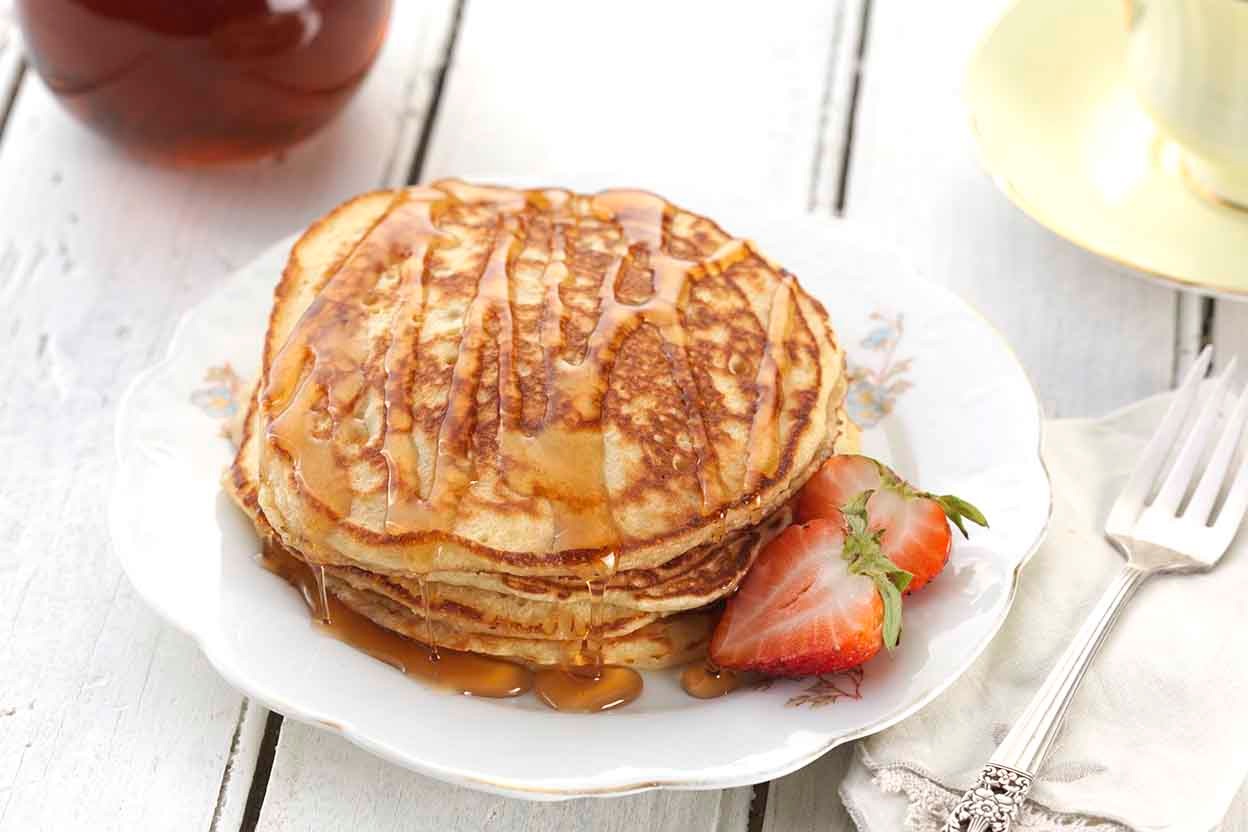
SIMPLY PERFECT PANCAKES
2 large eggs
1 1/4 cups milk*
3 tablespoons melted butter
1 1/2 cups unbleached all-purpose flour
3/4 teaspoon salt
2 teaspoons baking powder
1/4 cup malted milk powder
*Use 1 cup milk if you're baking under hot, humid conditions, or if you're going to let the batter rest longer than 15 minutes. Use up to 1 1/4 cups milk in cold, dry conditions.
1. Beat the eggs and milk until light and foamy, about 3 minutes at high speed of a stand or hand mixer. Stir in the butter or vegetable oil.
2. Whisk the dry ingredients together to evenly distribute the salt, baking powder and sweetener.
3. Gently and quickly mix into the egg and milk mixture. Let the batter rest for at least 15 minutes, while the griddle is heating; it"ll thicken slightly.
4. Heat a heavy frying pan over medium heat, or set an electric griddle to 375°F. Lightly grease frying pan or griddle. The pan or griddle is ready if a drop of water will skitter across the surface, evaporating immediately.
5. Drop 1/4 cupfuls of batter onto the lightly greased griddle. Bake on one side until bubbles begin to form and break, about 2 minutes; then turn the pancakes and cook the other side until brown, about 1 1/2 to 2 minutes. Turn over only once. Serve immediately.
Yield: 1 dozen large (4 1/2") pancakes
- www.walmart.com
- www.seriouseats.com
- www.the pioneerwoman.com
- www.kingarthurflour.com
 Alice Osborne
Alice Osborne
Weekly Newsletter Contributor since 2006
Email the author! alice@dvo.com
